There are a herd of robins in our neighborhood. Back in early June, they were flying everywhere with building materials in their beaks. One red-breast made several futile attempts to locate atop one of our back patio lights, but there were clearly design flaws! She finally gave up on the patio for her future nestlings and went to search elsewhere. Then, one day, Debbie was attempting to water one of the flower baskets hanging over our front porch and there was a situation. A robin had begun to build her nest right in the center of that basket of blooms. By the next day she’d fortified the outer walls with some sticky mud dried to a stone-like adobe, good as pre-stressed concrete. It was quite a build. We were amazed. We’d never seen anything like this so close at hand!
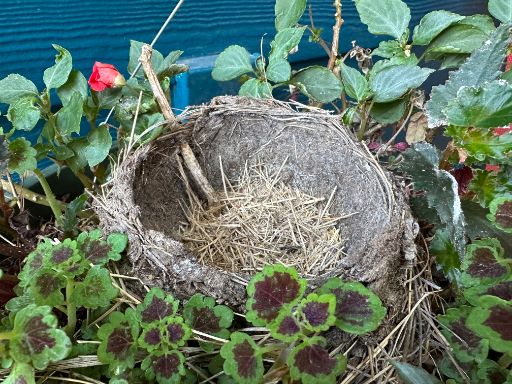

Over the next several days, we kept careful watch, trying not to disturb our feathered wall framer. Of course she would dive-bomb us every time we walked in or out. Then the first egg showed up and a second. When the third egg appeared we were speechless. Miracles poof up all around us all the time, whether we see them or not, right? Robin-egg blue itself is miraculous—among the most stunning colors on the planetary palette. We watched as the manbird visited his mate dangling a juicy worm from his beak to hers in a small work of kindness and respect for his incubating partner. She passed this morsel on to hungry mouths divided by three.
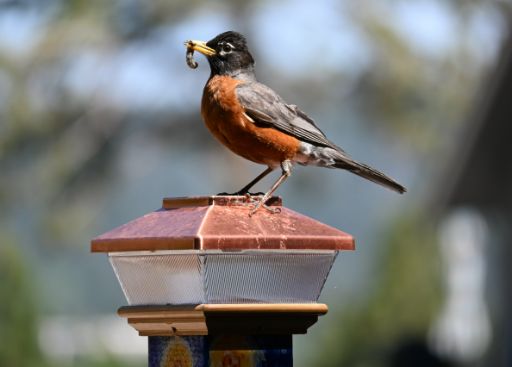
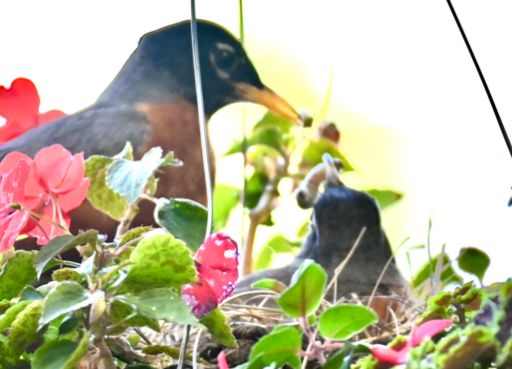

It’s easy for us white humans to get all freaking uppity about our new-fangled designs of human nest construction. You know: “Look at us—11 inch walls—solar to run the house and charge the car—nobody’s ever built a house like this before!!!!” I have spent a lot of time and energy describing in detail and blogging the components of a climate-smart regenerative way to build. Sometimes I don’t pay attention to the construction happening outside our own front door. There are others who build and need to build. We’ve nothing on the robins.

As we traverse another hottest-year-on-record, another smokey sojourn on our planetary home, I’ve been challenged to notice other homemakers. Our daughter Erin called me on FaceTime awhile back: “Dad, something very strange has happened. Please tell me what it is!” You see, she and Amy remodeled their kitchen last winter. They asked me to build them a table for the center of the new food space. They would paint and finish it off with a butcher block top. Late in the fall, as the snow began to fly here in Central Oregon, I took a trip down to Levi’s Sawmill in La Pine (levissawmill.com) and got a load of incense cedar lumber. Levi gets it from the wildfire burns on the west slope of the Cascades, this from the McKenzie river watershed. He mills it in full dimension (like 4x4s are actually 4 full inches on a side). It is beautiful wood.

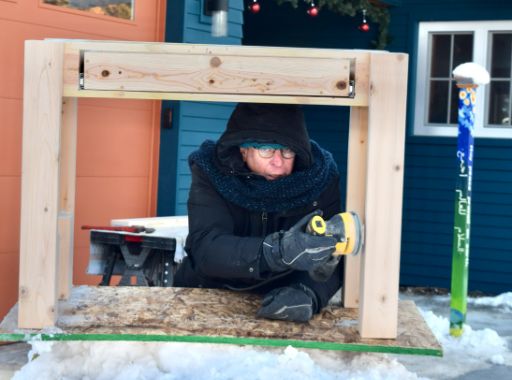
In the Fall I had built fence around our new yard with it. I had so much fun crafting that cedar (well except for when I tried to trim my finger nail with the table saw and had to go to the ER). When Erin and Amy commissioned my skills to build the kitchen island table, I decided to use the wild cedar 4x4s to make hefty legs. I put it all together with a drawer in front and open shelf below. I did most of the work outside in the snow, braving the high desert cold with saws and sander. In February we toted it down the mountain to the new kitchen where it was adorned with an amazing Oregon myrtle wood top from Northwest Sustainable Wood (snwwood.com) in Portland. They painted it an awesome plum color to match their decor. So sweet.

So when Erin caught me on Face Time, she showed me her pic of one of the 4X4 table legs. A perfectly round hole had been augered through wood, paint and all, appearing the day before. Then she shared another pic of a rather menacing-looking black thing with a tail like a long stinger. This ashen critter had fled its home for theirs. It showed up on their living room couch, demanding a root beer float with a side of deep fried wood chips and a place to sleep. Well maybe I got a little carried away there, but it did turn up in their living room. They texted sister-in-law Nikki, an entomologist who checks luggage at the airport for cooties and other stowaway vermin. She identified it as an Asian wood wasp.
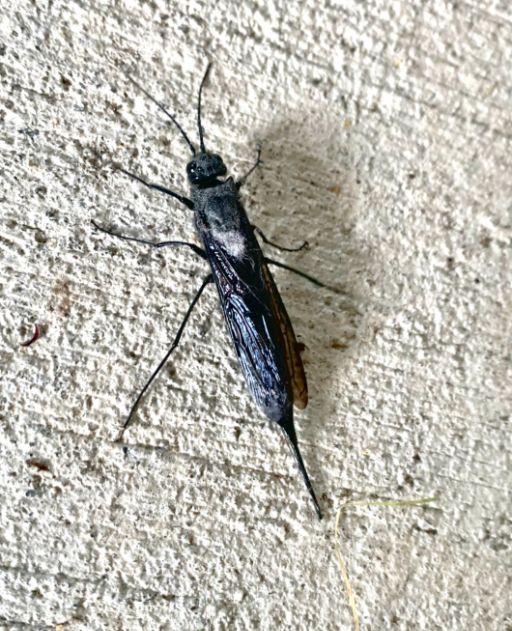
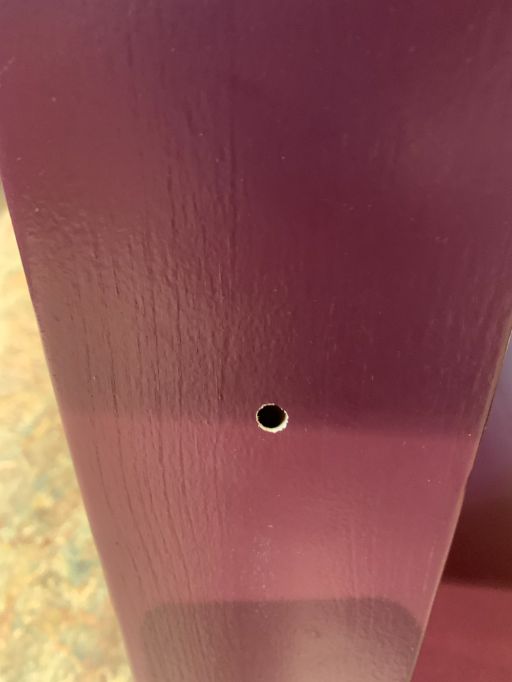
The egg and larvae got into the tree somehow over at the wild fire burn and hatched inside Amy and Erin’s table! The rest is already family legend. Imagine this sales pitch on the shopping channel: “Remodeling your kitchen? Order your butcher block table now from Central Oregon’s premiere insect-enhanced Wood Wasp Table Works (#creepytable). Order today and get our one-time offer. Wasps free!” Just another example of hole-iness in the construction industry, I guess.
Our families came on the Oregon Trail, our homes replacing Kalapuyan dwellings. Our laws forbade African Americans, Hawaiians and Pacific Islanders to live here. We drew lines on the land and decided where certain people could be and where not. So what do we see when we pay attention? Homes. All kinds of homes: Welcome homes, unwelcome homes, homes we choose, homes that choose us, invasive homes, inclusive homes, way-too-big homes, homes too hot and too cold, just right homes, homes that displace other homes, homes that actually invite other homes into being. Homes destroyed, homes reclaimed, legacies of homes and no homes.
Every day we discuss and decry the crisis of human housing, while across the surface of this wondrous planet, beneath and above, we are in a crisis of homes, a home emergency of all kinds of homes for all kinds. As many peoples are diminished, their critter neighbors go with them. When my dad was a kid, the westernmost acres of our farm in the Willamette Valley had never been plowed or cultivated, leaving that wetland prairie standing tall in tufted hair grass and Roemer’s fescue higher than a horse’s shoulders. In fact, Dad remembered being able to see only the hats of the cowmen as they rounded up cattle and sheep on that ground. In 1934, Dad saw that part of our farm plowed for the first time, obliterating the dwellings of all who lived there for all time. He was 14 so he had memory. 95% of that native habitat has disappeared from the Willamette Valley since my people occupied and with it the homes of the meadowlark and yellow-bellied snake, the burrowing owl and grasshopper sparrow.
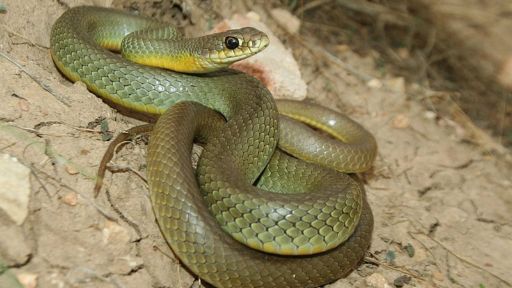
In June, as the robins were doing their home project on our front porch, Debbie and I took the chance to meet up with the two Federal Fish and Wildlife ecologists in charge of the 60 acre wetland restoration my sisters and I decided to do before we sold our farm to a neighbor a couple years back. We walked on that prairie Dad remembered as a child.
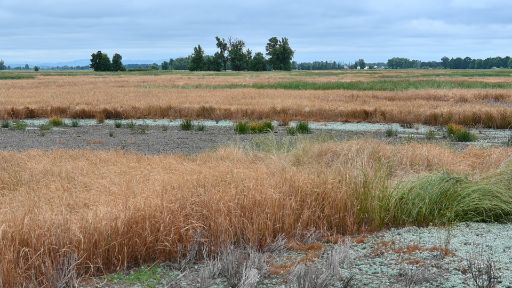
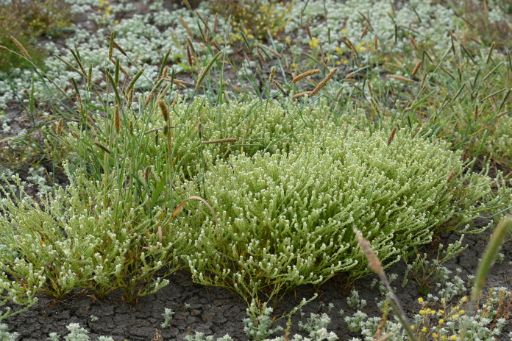

Last year, the earthmover came and created 71 shallow vernal pools that today are 71 patches of mostly bare cracked earth. Native seeds have yet to be planted and yet those vernal pool bottoms are already growing dozens of indigenous plants—rushes, sedges, a yellow flower grows amid the cracks. Popcornflower (plagiobothrys hirtus) is everywhere. Beneath our well-intentioned cultivation, their seeds have laid dormant for 9 decades, waiting for a chance to age in place again. We are helping them have that chance at a home. And it’s happening, a kind of inter-phorbal resurrection or homecoming.
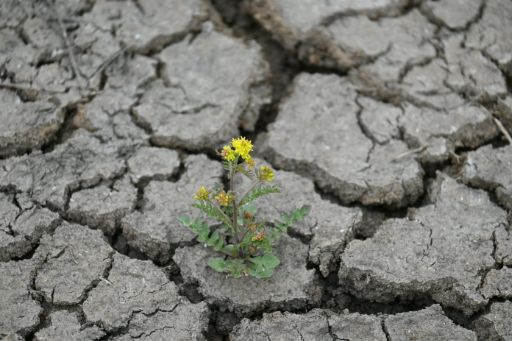
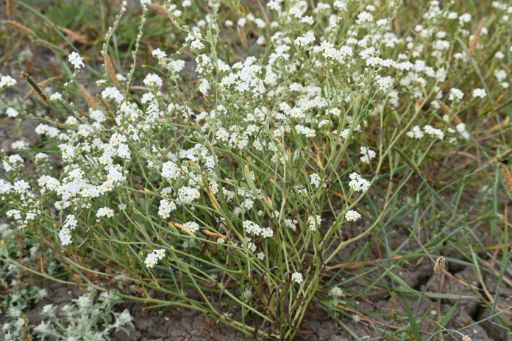
All the time we were out there we heard the twittering of Savannah Sparrows. As restoration continues maybe the more scarce Vesper and Grasshopper Sparrows will join. We saw Western Meadowlarks flying by, sitting atop the federal easement markers, singing the tunes, nested in our souls as children—the ancient melodies that still define who we are as earth-humans and what is our place. It’s been a very long time since Meadowlarks sang there. But the Streaked Horned Lark (Eremophila alpestris strigata) is the more threatened species in the Valley. In fact less than 500 of them are left where we saw them all the time as kids. Well guess what? At this time in history when bad news abounds and homelessness seems contagious, there is some good. That place is already hosting 3 nesting pairs of Horned Larks and we got to see them with our own eyes and hear their voices!

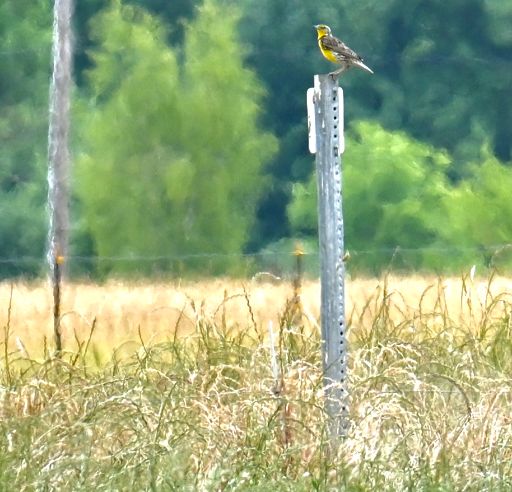
I don’t know if it ever happens to you, but sometimes we get pretty wrapped up in ourselves and our ability to build! Oh duh, right? For us, the promotion of our Passive House and the constant challenge to spread the word about a superior way to build sometimes seduces us to think it’s we ourselves who have it all figured out. At home, three new robins have fledged and flown. Erin just texted us a photo of a second wasp hole and a second creepy invader. What will the new day bring?


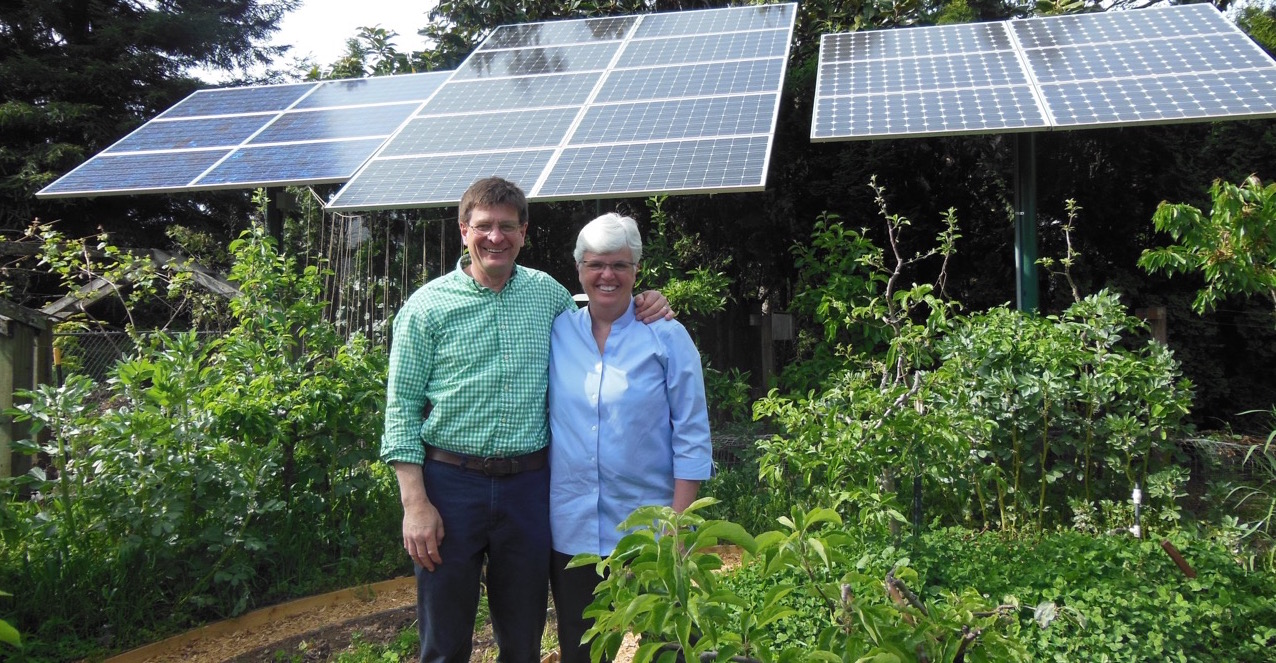


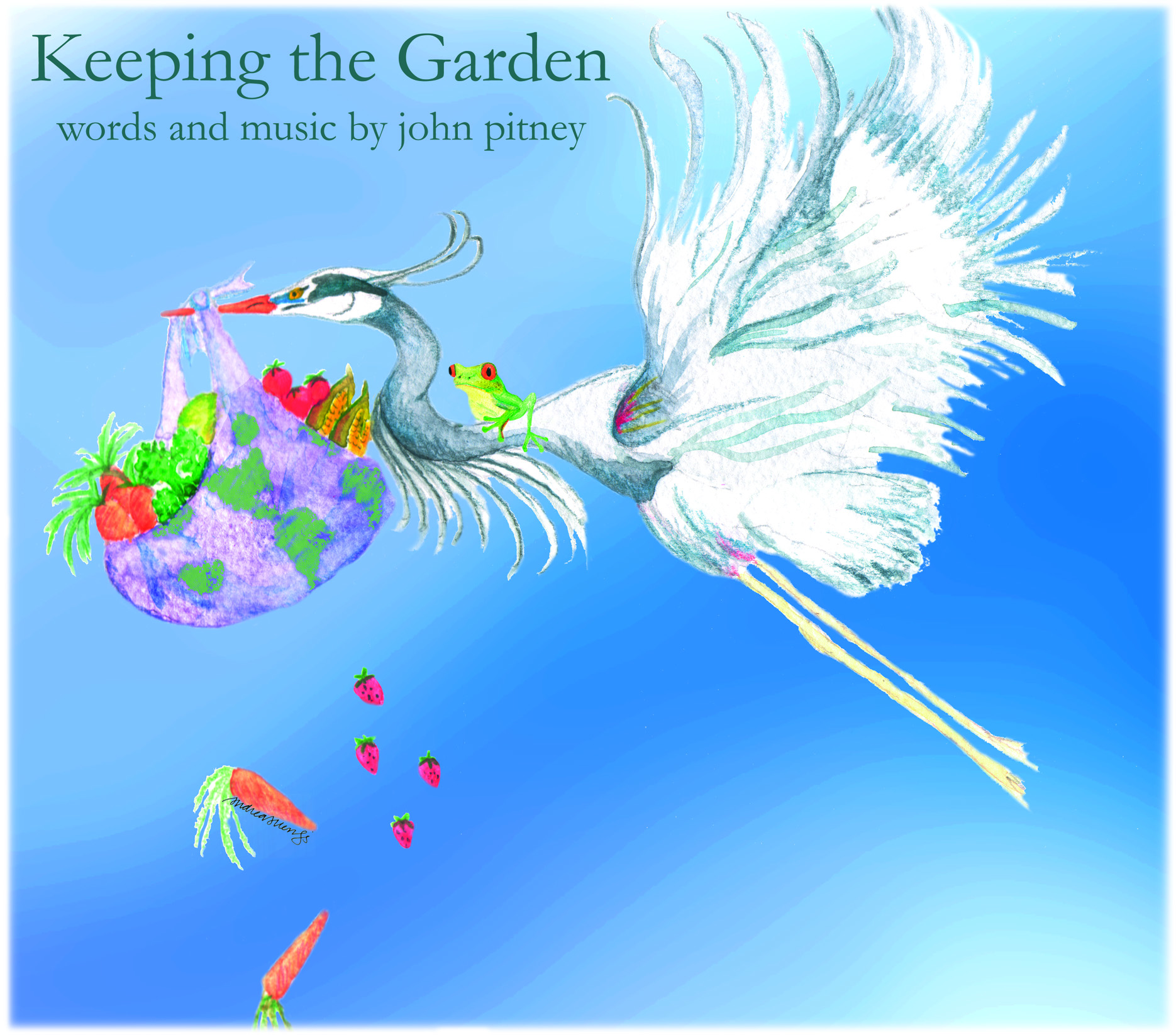
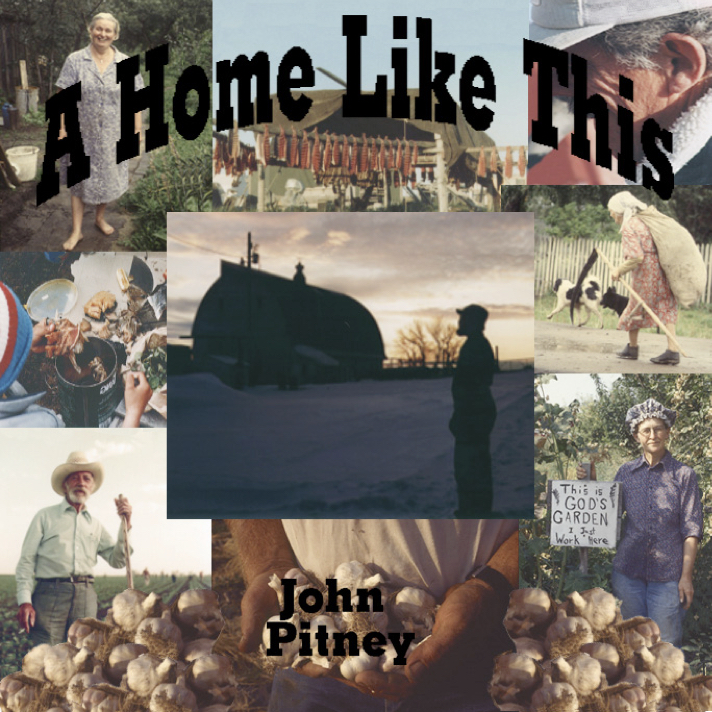
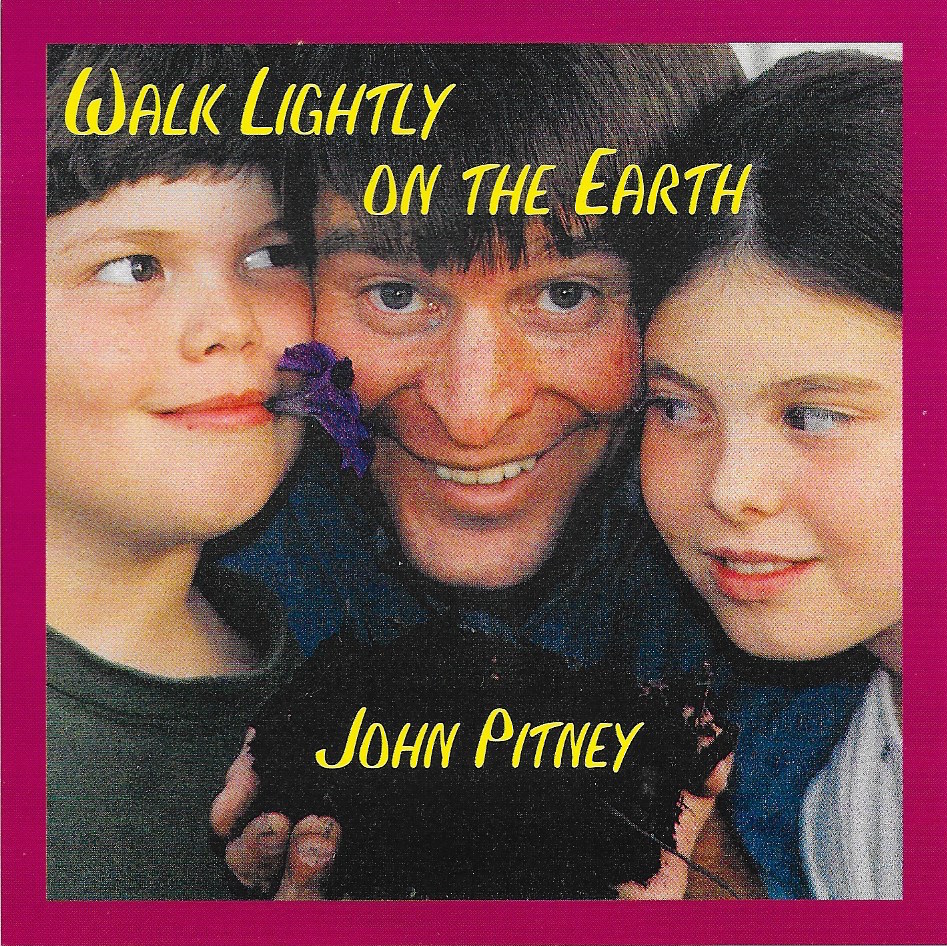

I LOVE it!!! That is amazing! Do you know how much I love nests? Maybe you’ve seen all the nests I find on the ground and set around camp for people to see and marvel at like I do! I treasure and study each and every one! In fact, maybe I already told you this… when my 3 year old granddaughter was here, I showed her a nest with half a robin’s egg in it and she proudly took it to show her parents. They had been thinking of naming their soon to be born baby, “Robin” if it was a girl, so seeing the joyful excitement of little Soma presenting them with the robin’s nest was all the proof they needed of what baby should be named…baby Robin! Robins have always been my favorite birds…they remind me of springtime when I was little and used to lay in our yard listening to their happy singing! What a beautiful story…Thank you for sharing. Maybe watching animals build homes could replace some of those house shows on TV?
Loved the observations about how smart other creatures are!!
And, love you both!
Just when we think we have things figured out a pair of robins give you a glimpse into how they build a nest…or long dormant seeds come to life and surprise us. Wonderful writing, John. Funny and poignant. Love it.
I treasure these heartfelt stores (with pictures and diagrams) that you share with everyone. The moments of peace your stories bring are a soothing balm to my hectic online world.
Thank you, Rouanna
Thanks so much for your words. KEEP BLOGGING. I have a guest room available in our Common House at RSC in Eugene if you ever need a Eugene Sleep over spot (if it is available).